Policy Analyst: Expand USF to Include Edge Providers
Roslyn Layton calls for including digital services in USF funding to relieve burden on telecom consumers.
Jericho Casper

WASHINGTON, Oct. 29, 2024 – With a federal court recently declaring the funding mechanism for a major low-income connectivity program unconstitutional, telecom policy experts are actively discussing alternative solutions to keep essential broadband programs funded.
On Monday, Roslyn Layton, executive vice president of Strand Consult, met with the Federal Communications Commission to propose expanding the $8.1 billion Universal Service Fund’s funding base in a way that avoids the financial burden falling on consumers.
Layton said contributions from industries that benefit from broadband networks – such as cloud computing, software as a service (SaaS), and digital advertising – would establish a sustainable $15 billion annual fund to support both the USF and the Affordable Connectivity Program.
“Edge providers, through their association INCOMPAS, reject that they have any obligation to participate financially in the USF and FCC programs for which they benefit – even though they enjoy a benefit of some $150 billion annually,” Layton told Broadband Breakfast. “The largest providers enjoy an average revenue of $1,500 per year from a new user.”
Yet, she said, edge providers pay almost zero to FCC programs today.
The Strand Consult report suggested that by expanding the contribution base to include these high-growth digital services, the USF contribution rate could fall from the current telecom-based 36% rate to as low as 0.8% initially and potentially to 0.2% over time, easing financial pressures on telecom companies.
The report emphasized that achieving universal access to high-quality, reliable home internet could improve U.S. productivity by 1.1%, resulting in an estimated $160 billion in per-year output gains, or $4 trillion when capitalized at a 4% rate, according to a 2021 National Bureau of Economic Research study.
“It would be best for Congress to direct the FCC on how to proceed. Indeed, there is already a bipartisan bill outlining a way forward, S. 3321 Lowering Broadband Costs for Consumers, which describes how to assess edge providers and broadband providers. Moreover, the USF Working Group has been engaged on this topic,” Layton told Broadband Breakfast.
In April, the FCC chose to forbear from imposing USF contributions on broadband providers, citing concerns about potential cost increases for consumers. Public interest advocates, however, argued that this decision missed a critical opportunity to expand the USF’s funding pool.
“Assessing consumer broadband is problematic because costs are likely to be passed through to end users,” Layton’s filing said. “A proposal to assess contributions on telecom and broadband services alone would be problematic because the revenue in this category is generally flat or declining.”
Ahead of the FCC's Net Neutrality vote in April, INCOMPAS representatives urged the agency not to exclude broadband ISPs from the USF contribution base. The trade group disputed FCC data showing that retail broadband rates would rise if broadband ISPs had to contribute revenue to the USF.
If the FCC’s net neutrality order – currently pending before the U.S. Court of Appeals for the Sixth Circuit, with oral arguments scheduled for Thursday – is approved, broadband providers would also be regulated as telecoms, potentially making them subject to USF contributions.


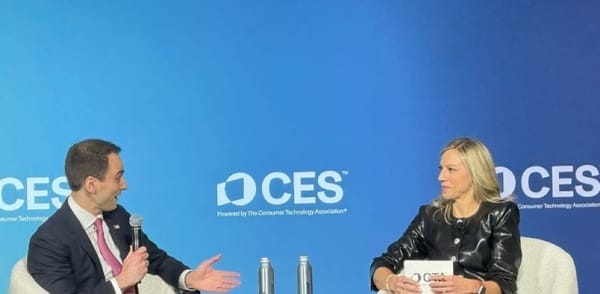


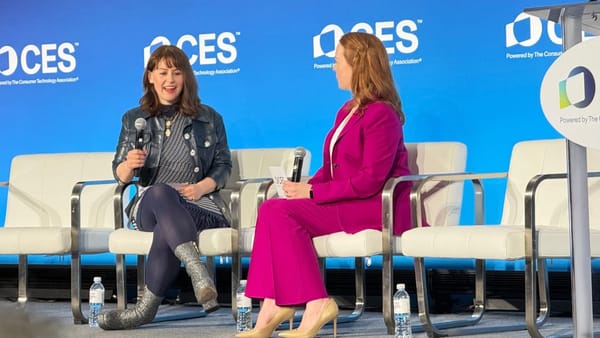

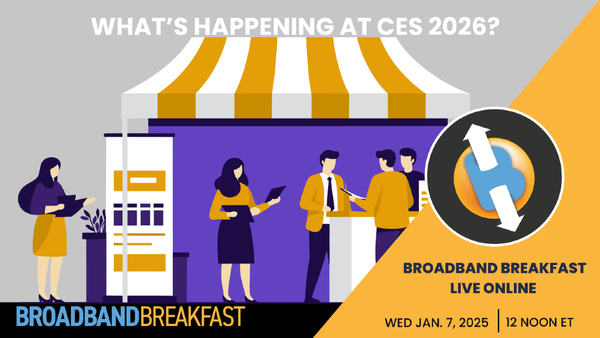
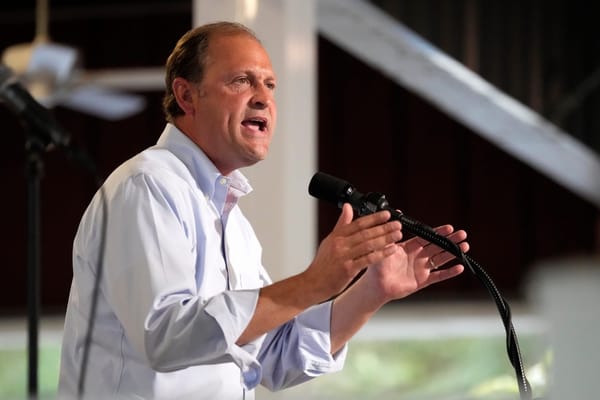
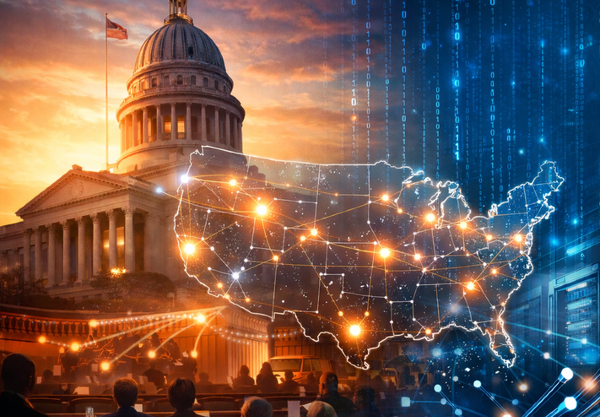
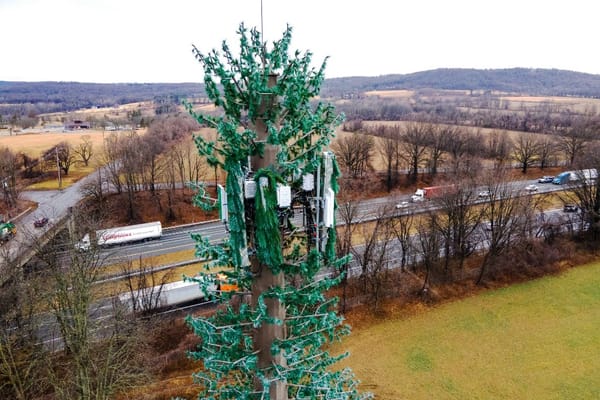
Member discussion